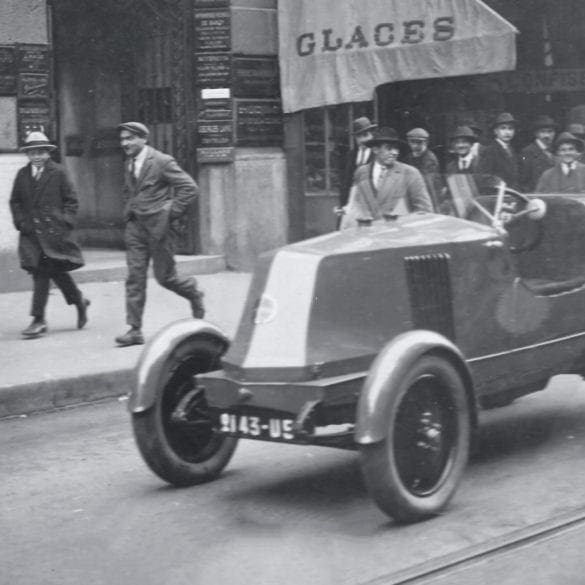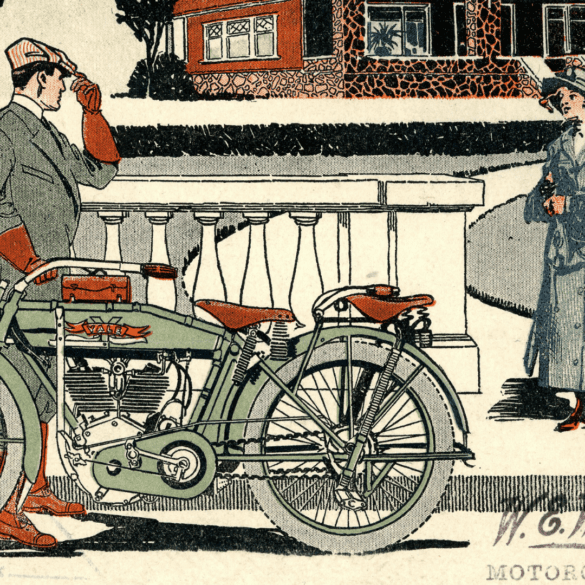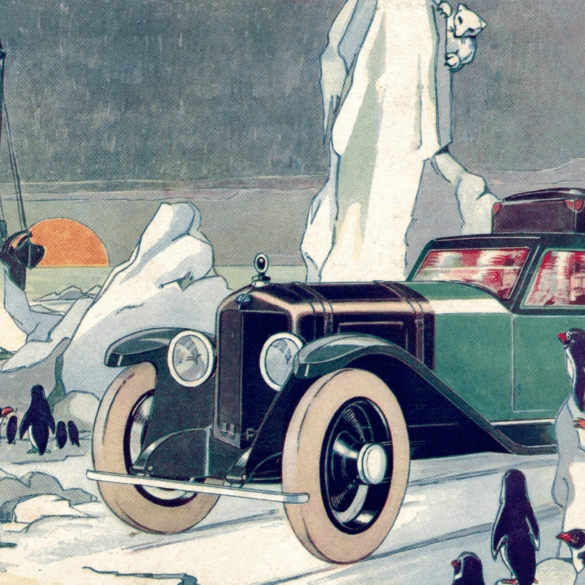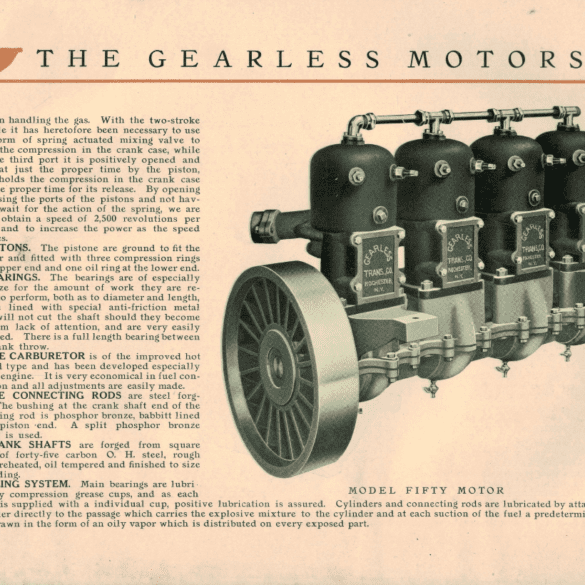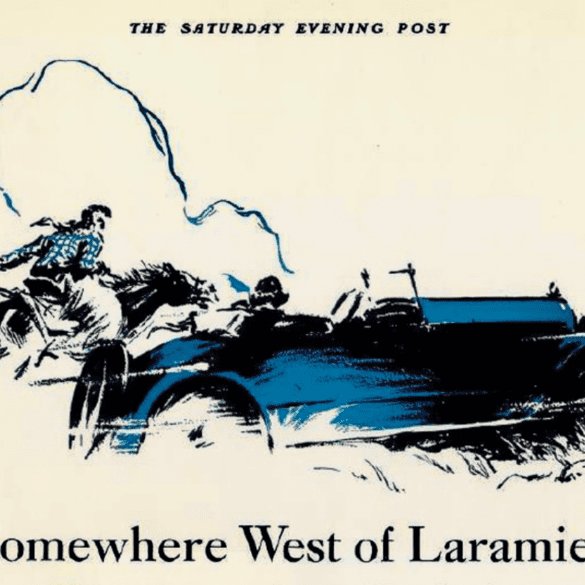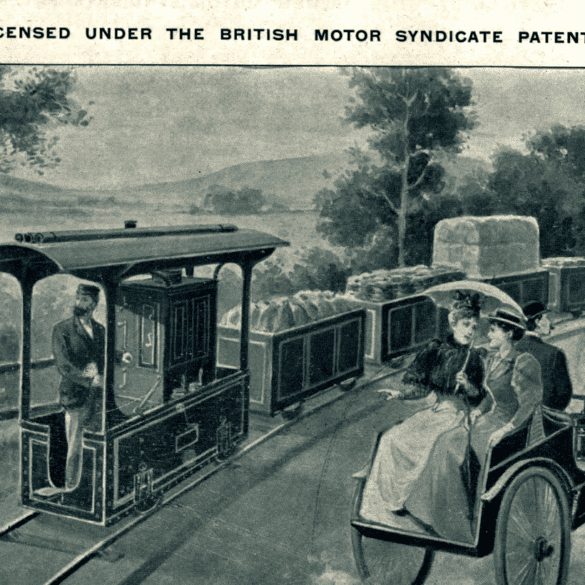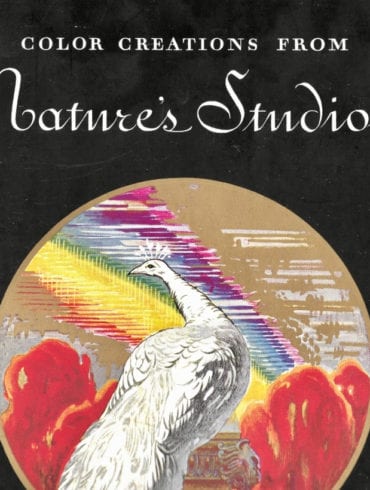We recently unearthed these incredibly rare photographs in our library, depicting a Renault, in the mid-1920's, seemingly doing the impossible, navigating the streets of Paris, without an operator at the wheel.
The motorcycle got off to a bad start and for its first decade was generally considered a fun object for daring men.
For a short period during the 1920s, the most prestigious German automotive manufacturers created advertisements similar in style to that of Warhol, decades before the artist would hit the scene.
In the early days of the automobile, a team of entrepreneurs sought to create a car without valves and gears. They would name their new enterprise The Gearless Automobile Company.
Dr. Simeone tells the story.
Alex Kow was one of the most prolific, and in demand artists of his day. His work, mostly advertising ads and few posters, focused exclusively on French manufacturers and was always signed “A. Kow”.
The 1924 Delaunay Belleville is one of the most bizarre pieces of literature that Dr. Simeone has ever seen.
Product sales literature is the pride of our library. In many instances the automobile maker had no other way to explain and illustrates the benefits of his vehicles, particularly before the era of mass media. As such, sales brochures are considered the “official” description of the car, with illustrations, specifications, and the information one might need to make a purchase decision. We believe this brochure might be the first one ever created.
In the early days of the automobile, a team of entrepreneurs sought to create a car without valves and gears. They would name their new enterprise The Gearless Automobile Company.
Dr. Simeone tells the story.
We all think that hybrid cars are a novel invention, but did you know that hybrid automotive technology has been in use since as early as 1905?
This is one of the most successful advertisements in the history of advertising and represented an entirely new way to approach marketing the automobile.
Harry John Lawson was a British entrepreneur who sought to create an early monopoly on petrol-driven cars through the acquisition of multiple patents. His end goal never included vehicle production, rather he aimed to exploit the patents he purchased by charging royalties to manufacturers that produced vehicles from the patents he owned.
Early automotive brochures were influenced by a lot of different factors, including nature it seems.

